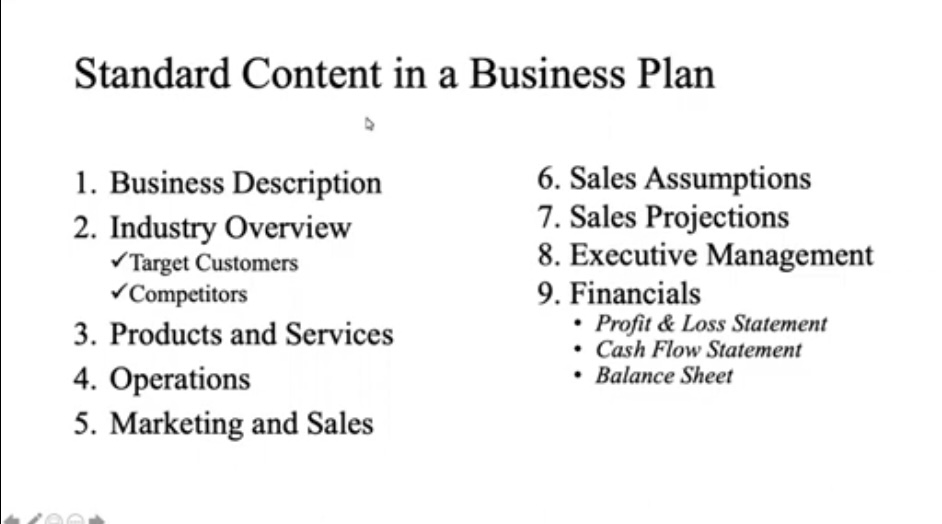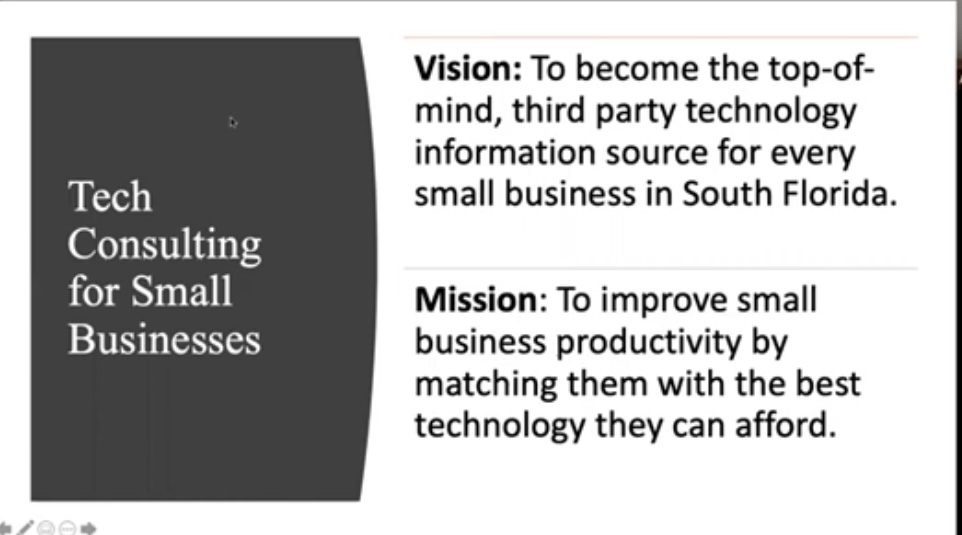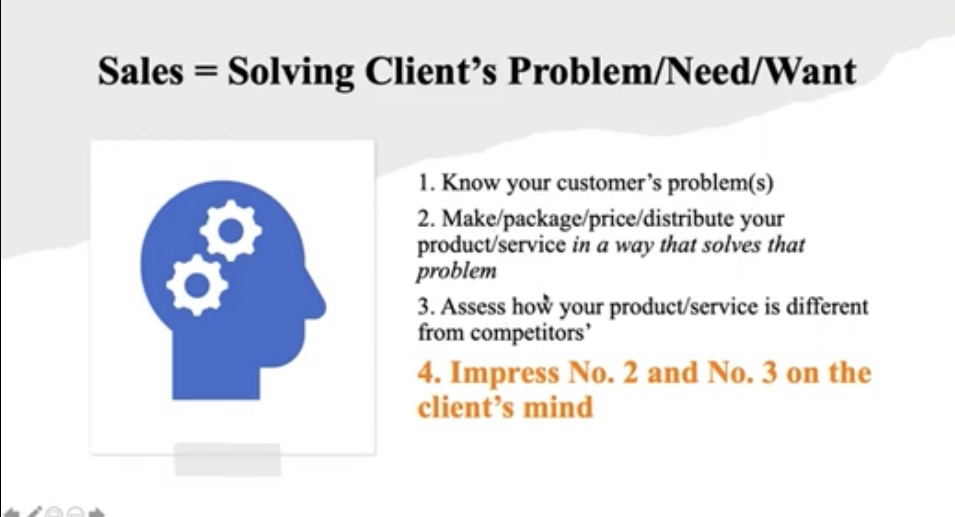Let’s talk about the written business plans. Florida SBDC at FIU business consultant Alina Matas is an expert in structuring and writing business plans. Here is some of her advice.
Why have one?
Most small business owners need one if they are seeking bank financing, but it’s still good to have one to communicate your vision and plan for execution. “The Business Plan primarily is a communications tool for somebody who doesn’t live in your head and doesn’t live your business day to day. You write it and then you have a written document that communicates these aspects of your business vision, strategies capacity, resources, advantages foresight,” says Matas, who led a recent SBDC at FIU webinar on this topic.
To make a business plan credible, it has to have specifics and it has to provide relevant statistics and data. It also has to have cohesiveness between its different sections, and it should have internal validity, particularly if you are writing it for a lender when seeking financing, says Matas.
Writing a business plan also gives you the opportunity to step back and focus. Look at your business in different ways, how your industry works, and how your products and services are delivered, she said. “That’s the value of the exercise of writing a business plan and this is why you can also write it for yourself in and if no one is asking for it.”
It’s also a living breathing document that you can – and should – update frequently.
What should a business plan contain?
An executive summary always goes at the beginning, and it is written last. Start with the content first. Your objective is to communicate how your business provides value to consumers and how the business owner will generate a profit, Matas says.
Here are standard elements that should be in all business plans:

But Matas says these next four elements are particularly important in nearly every business plan, and are also good places to start if you are tackling a business plan for the first time:
- The business description: This is where you communicate who you are and what you do. It should contain your ownership and history, industry/segment, mission, vision, goals and objectives, Matas says.
- Marketing and sales strategies: This section covers how you will connect with your customers. The section should include products and services, your target market, an industry market overview, your marketing and communications strategy, and your sales strategy.
- Operations: This section will vary greatly depending on the type of business. In general should cover how the sausage is made, Matas said. Include facilities or factories and large equipment if that applies to your business.
- Financials: This section covers how you make a profit and includes your business projections, profit and loss statement, cash flow and balance sheet.
Tips for success
Think before you write: Think through what is the opportunity that you perceive that is prompting you to start a business, Matas says. You create a picture in your head of your thriving small business. Now you already have a start of the narrative that goes in our business plan. You can describe the consumer problem that your business will seek to solve. You can then define the products and services that are going to solve that problem. And, using market data, you can define your target market. You can define your opportunity in many areas of the business plan, such as the business description, the description of products and services and the discussion of products and services. You are already well on your way.
There is a difference between vision and mission: “Vision focuses on the future – how you see your business growing far and wide. Mission is focused on the present. What do you set out to deliver to your customers every day?,” Matas says. It focuses on the fundamental result the business wants to achieve for its clients. Some refer to it as the “why” of your the business.

Marketing vs sales: Both are very different and both are important. “Marketing is you put out to the consumer group as a whole. Sales is what comes in to finally close the deal with that one single consumer,” Matas says.

Your team matters: Keep in mind that it takes both a big picture person and nuts and a bolts operations-focused person. Sometimes, rarely, the solopreneur has both these qualities. The ideal management team, Matas said, would be four people.

Know your numbers inside and out: You should be the person that best knows your financials because you are the owner, you are the founder, the buck stops with you. This is of course important whether you write a business plan or not.
Go for the goal: A good business plan inspires confidence in the reader that you know how to do what you’re about to do, Matas said.
Learn more
In a webinar Matas led for SBDC at FIU, she talks more in depth about all these topics and uses examples of different businesses such as a tech consultancy, a barbecue restaurant and a daycare. The slides used in this article also come from her SBDC at FIU presentation. I highly recommend you check it out here:

